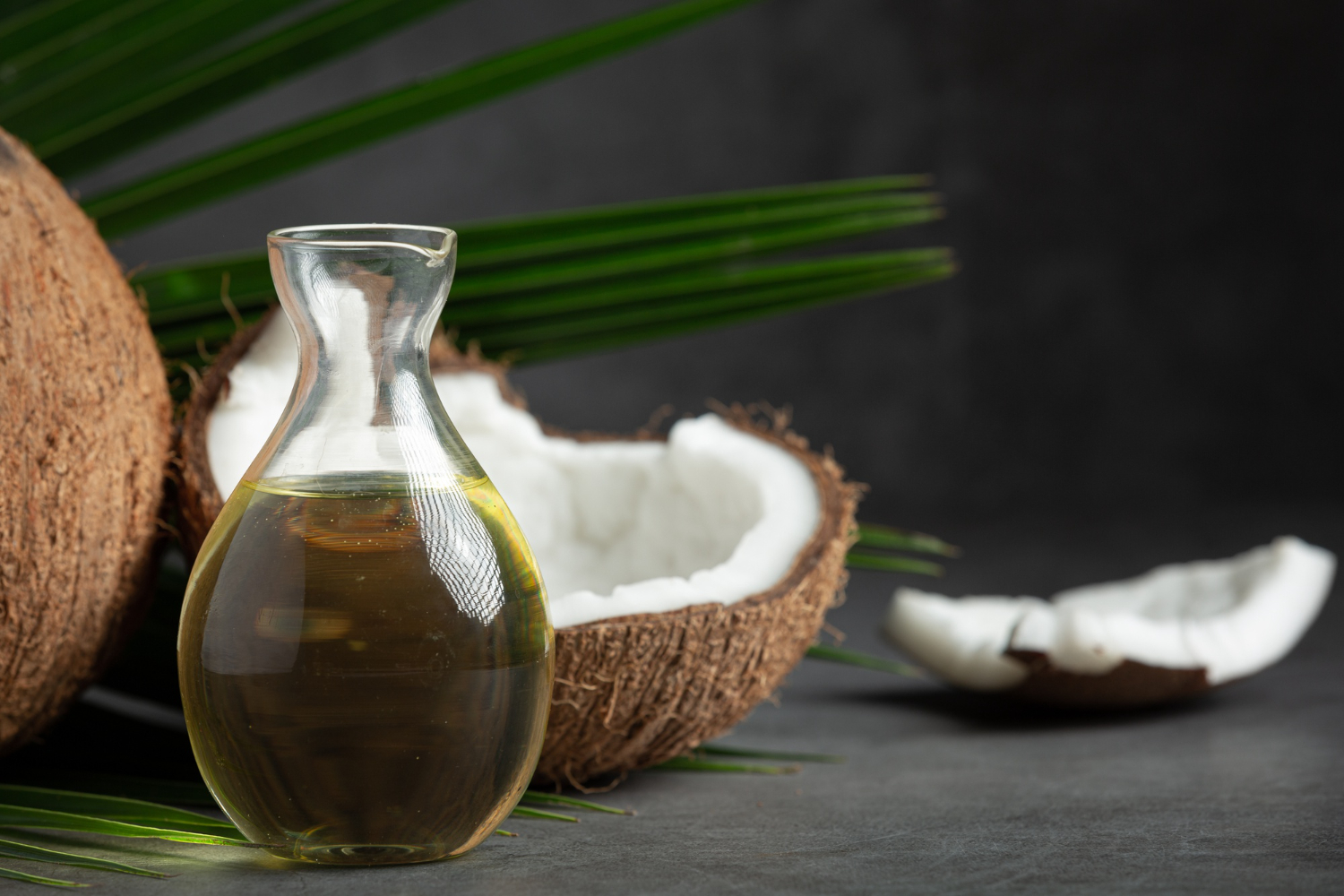Coconut processing involves a series of steps to transform the raw coconut into various products. Here is a simplified overview of the coconut processing process

Step
- Harvest: Harvest mature coconuts that have turned brown and feel heavy with water. Ensure that the outer husk is firm.
- Husking: Remove the outer husk of the coconut using a sharp knife or a specialized coconut husking tool. Carefully slice away the husk to expose the hard shell.
- Cracking: Use a blunt object, such as a hammer or the back of a knife, to crack open the hard shell. Hit the shell firmly but not too forcefully to avoid damaging the inner flesh.
- Extraction of Coconut Water: Once the coconut is cracked open, pour out the coconut water into a container. This clear liquid can be consumed as is or used in various recipes.
- Removal of Coconut Meat: Use a spoon or a coconut scraper to separate the white coconut meat from the shell. Carefully scoop or scrape out the meat from the inner shell.
- Washing: Rinse the coconut meat with clean water to remove any residual husk or debris.
- Shredding or Grating: Depending on the desired use, you can shred or grate the coconut meat using a grater or a food processor. This shredded coconut can be used in various recipes or dried for further processing.
- Drying (Optional): If you want to produce dried coconut flakes or desiccated coconut, spread the shredded coconut on a baking sheet and place it in a low-temperature oven or food dehydrator until it becomes dry and crisp.
- Further Processing: The dried coconut flakes can be used as is or processed into coconut oil, coconut milk, or coconut flour based on your requirements.
Remember to follow proper safety measures when handling tools and be cautious while cracking open the coconuts. Enjoy the fresh taste and versatility of coconuts in your culinary creations!
